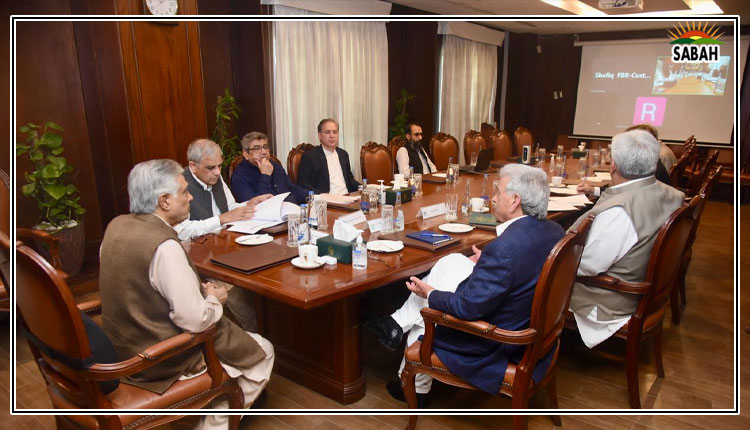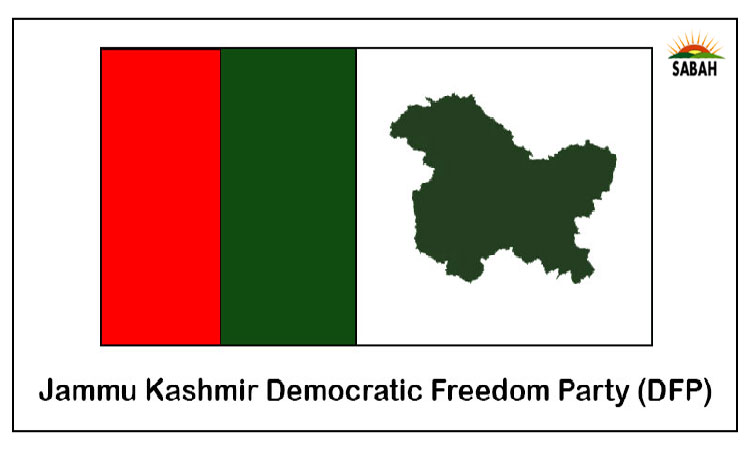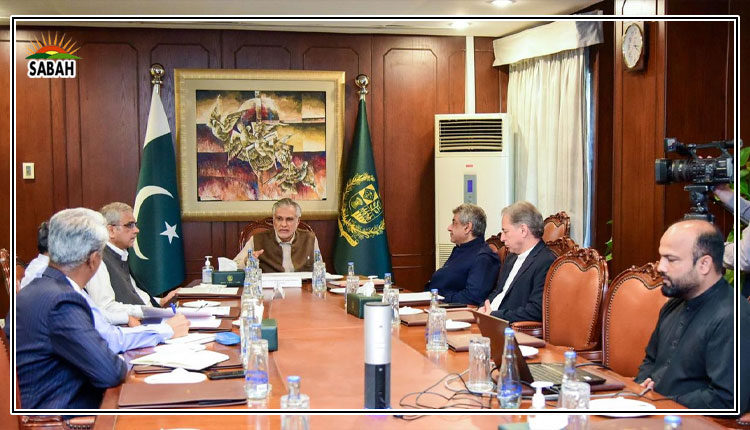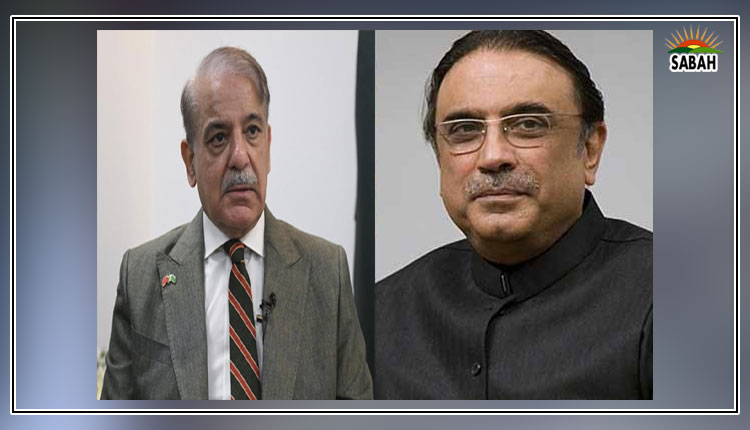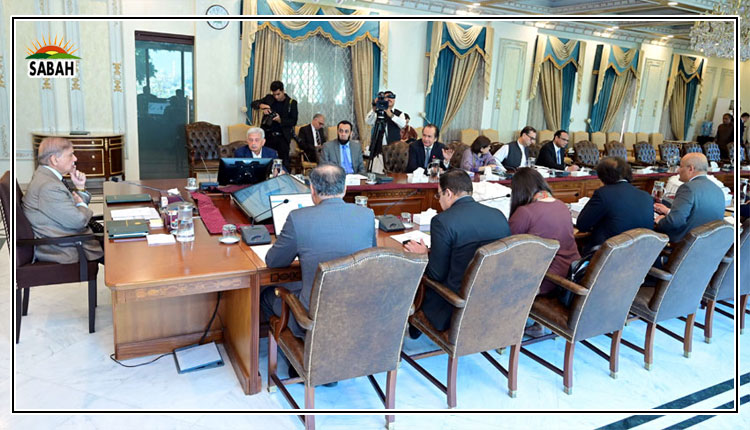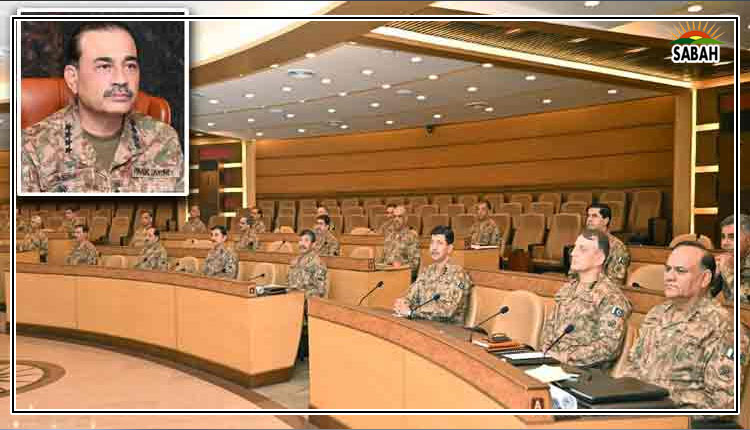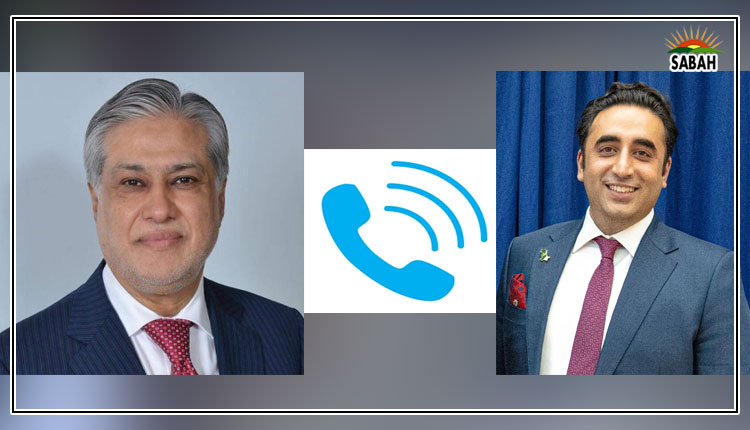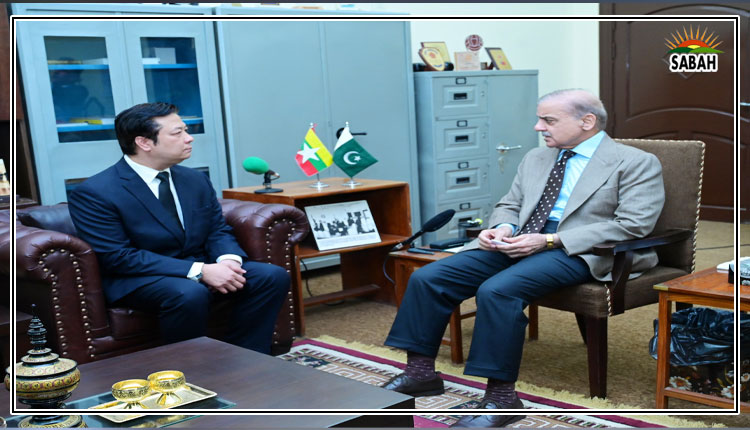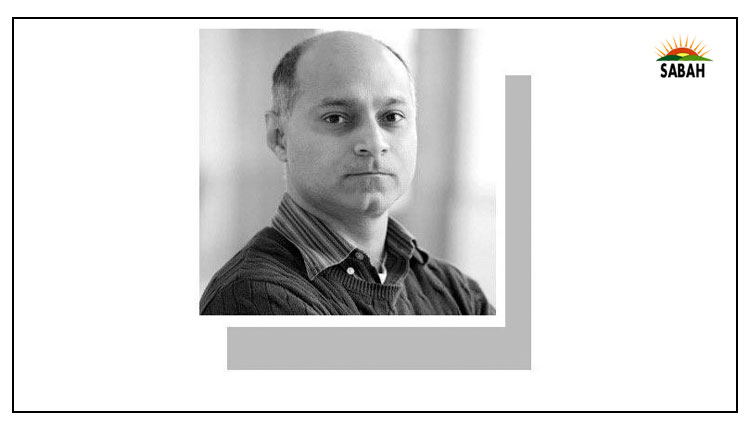The looming test …. Khurram Husain
AS a new-found stability settles across the land all eyes are turning towards its durability. The current account has been registering persistent surpluses for a number of months now, and looks set to complete this fiscal year in positive territory if present trends continue. The primary balance on the fiscal account was also in surplus until December, with all indications suggesting it will comfortably meet the target set under the IMF programme by June.
Inflation peaked in May last year and remains elevated, but its rate of increase has been trending downward since then, once again with all underlying indicators suggesting this movement will continue into the months ahead. Foreign exchange reserves had fallen to critically low levels in July 2023, but jumped massively in the same month on the back of an emergency bailout package including an IMF programme, and central bank deposits from the Kingdom of Saudi Arabia and the United Arab Emirates. From $4.7 billion, State Bank reserves jumped to above $8bn where they have remained since then, despite the repayment on a billion-dollar maturity earlier this month.
Politically too, from one perspective, what we have today is quite possibly the strongest government Pakistan has seen in a long time. Credible allegations of rigging dog the present set-up, but notwithstanding these for a moment, in terms of the numbers game, it stacks up quite well against most of its predecessors. The prime minister has been elected by 201 votes in the Lower House, whereas 170 are required, a majority surpassed only by Shehbaz Sharif’s brother back in 2013. Otherwise all elections since 2002 have given us prime ministers with far narrower majorities than this.
In the Upper House, the full numbers have yet to come in since the election of senators from KP has been stopped for the time being pending a dispute, but it seems that the present government could end up with a majority there too. More importantly, this prime minister enjoys the full backing of the powerful military establishment. Out of all his predecessors, only Imran Khan could claim this sort of backing in 2018, an irony not lost in the din of the moment.
Despite all the strengths it enjoys, the set-up increasingly seems inadequate to the task before it.
The ‘same-page’ equation has been resurrected, with the players reversed. When Khan took oath in 2018, his main rival and opponent was in jail and he enjoyed the backing of the army chief. Today, when Shehbaz Sharif took oath, it was Khan who languished in jail while his main rival enjoyed the backing of the army chief.
These are the foundations of the new-found stability, which has been earned, it would seem, by any means necessary. But the question to now ask is how durable it is, because despite all the strengths it enjoys, the set-up increasingly seems inadequate to the task before it.
There is a calm in economic numbers, but below the surface trouble is brewing. The industrial base of the country is shutting down. The foreign exchange market is seeing the most directed period of its history in recent times, with repatriation of profits practically halted for foreign investors, opening and settlement of LCs for trade purposes heavily regulated, and the State Bank buying massive quantities of dollars from the market at prices it dictates itself.
With the passage of time, these weaknesses are going to start to bite. Our history tells us it can take a few months, and up to one year, before the bite from a slowing economy and mounting pressure on the exchange rate begins to be felt at the prime minister’s level. In the case of Imran Khan’s government, for example, the same situation arose by July of 2019, when the IMF programme was signed, the major devaluations had been undertaken and interest rates had hit their peak. By October, his government was fielding, and desperately trying to deflect, approaches from the business community demanding a relaxation of business conditions, as well as from his own party MNAs and MPAs, who were troubled by the rising unemployment and inflation. By November of 2019, Khan was fed up and had begun to announce that the stabilisation phase of economic management was over, and his government would now swivel towards growth instead.
The opportunity to make that transition finally came to him by March 2020, with the arrival of Covid-19, paradoxically enough, and the suspension of the IMF programme. What followed was perhaps the single largest stimulus ever administered to the Pakistani economy, including the post-9/11 bonanza, and the single largest spurt of economic growth in a single year, when the growth rate went from below zero to nearly seven per cent in one fiscal year.
By July or August, Shehbaz Sharif will start to feel the heat from the current slowdown in the economy. From thereon, pressure will mount on him from the business community as well as his party MNAs and MPAs. The former will ask for interest rate cuts, concessionary finance arrangements, and energy tariff support. They will say exports will plummet without these, dollar scarcities will grow, unemployment will rise and voter disaffection will bubble over.
The MNAs and MPAs will tell him they did not contest the elections to be abused and humiliated in their constituencies. They will demand development funds, schemes, increased spending. Provincial governments will be incentivised to respond to voter complaints, channelled via elected representatives. The federal government, on the other hand, will have ownership over an IMF programme that will envision stabilisation for another three to five years. Balancing these out will test the political strength of the set-up.
What can help is the activation of external inflows. Very little is known about what may be coming from abroad. But if the SIFC framework can help unlock a few billions, it will take some of the pressure off the government. Absent this, a tough test is now looming for the new ‘same-page’ dispensation.
The writer is a business and economy journalist.
khurram.husain@gmail.com
X: @khurramhusain
Courtesy Dawn, April 25th, 2024



